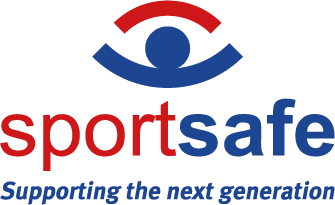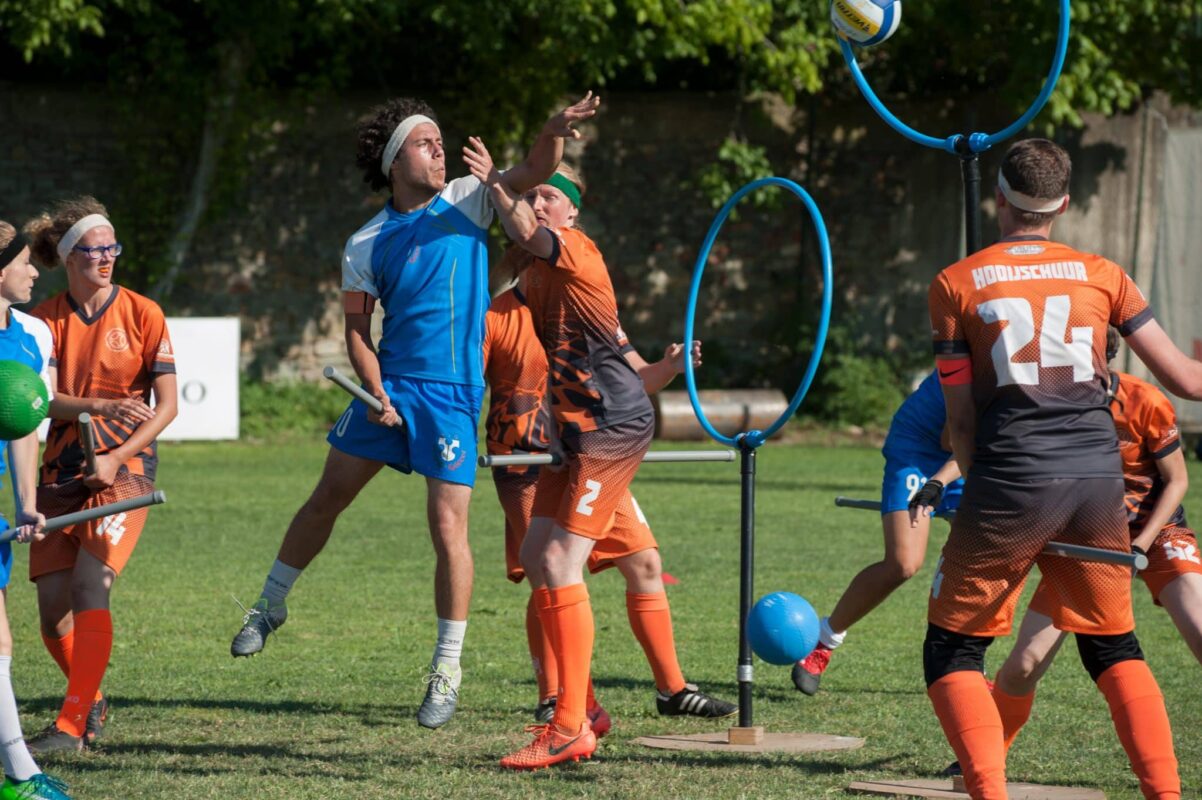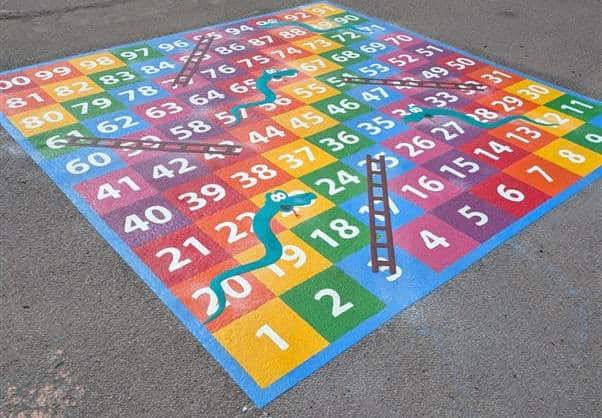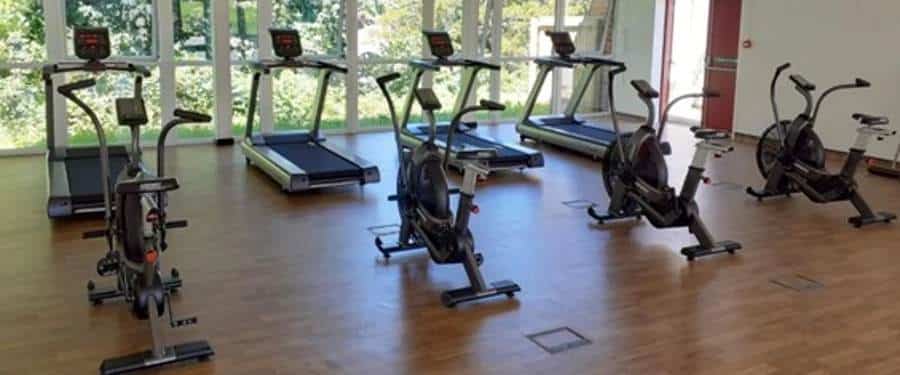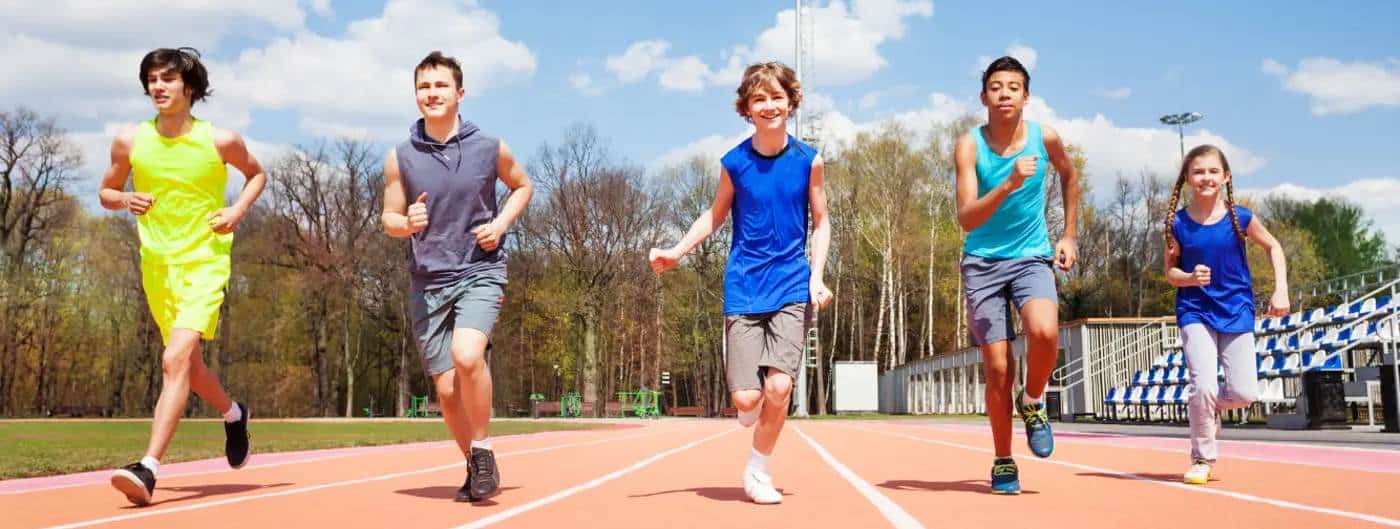How can you teach your students about safety in the Physical Education (PE) setting so that the learning about the topic is relevant, engaging and enjoyable for them? How can you focus your interventions on developing the skills, knowledge and attitudes that will help your pupils avoid dangerous situations and be prepared in the event of an emergency?
According to the Association for Physical Education (afPE), learning about safety in Physical Education, School Sports and Physical Activity (PESSPA) in a fun, relevant, progressive, inclusive and practical way is necessary to develop a healthy and active lifestyle. Accidents account for a significant number of serious injuries and preventable deaths in children and young people, and this may be partly due to their lack of knowledge and understanding of safe practices in PESSPA, particularly assessing and managing risk.
Promoting effective learning about safety will involve helping students not only to understand why this learning is important but also how it can directly and personally benefit their lives. The Royal Society for the Prevention of Accidents (RoSPA); Personal, Social and Health Education (PSHE) Association; Institute of Health Promotion and Education (IHPE), and Ofsted all agree that promoting effective learning about safety in schools is crucial to the wellbeing of children.
Planning Effective Learning about Safety
Having a school-wide curriculum approach to teaching about health and safety makes the learning process most effective. Physical education, the sciences, food technology, citizenship and PSHE can all contribute to students’ understanding of this vital area of learning.
Teachers will always be the responsible “safety managers” but this is a role that does not require them to always be the one making the assessments, devising appropriate management procedures and evaluating the effect. Students learn more effectively when they are motivated, involved, engaged, empowered and trusted. Staff selecting suitable objectives for the age, ability and previous experience of students will enable them to acquire and develop an awareness of safe-practice principles, to use and apply that awareness, and evaluate and review what is safe and what may be unsafe.
Instructions followed by an appropriate response do not demonstrate that learning has occurred at a deep level. However, students who are questioning, observing, evaluating, taking responsibility for organisation and development, and creating situations where safe-practice principles need to be applied in new contexts are more than likely demonstrating that it has. Progressively developing responsibility and providing experiences that appropriately challenge students without placing them at risk of foreseeable harm helps them achieve a high awareness of safety in PESSPA.
National Guidance for Learning about Safety
- The National Curriculum for England (2014) refers to the importance of “water safety” and “using technology safely”. However, the importance of learning about safety is implied in other parts of the statutory framework. For more information, please visit the National Curriculum for England.
- The Education Inspection Framework for England (2019) has four judgment categories: Quality of Education; Behaviour and Attitudes; Personal Development; and Leadership and Management.
The personal development judgement includes:
- developing students’ confidence, resilience and knowledge so that they can keep themselves mentally healthy
- developing students’ understanding of how to keep physically healthy and maintain an active lifestyle, including giving ample opportunities for students to be active during the school day and through extra-curricular activities. For more information, see Ofsted (2019) “School Inspection handbook“.
In the Northern Ireland Curriculum, Personal Development and Mutual Understanding (PD&MU) focuses on encouraging each student to become personally emotionally and socially effective. It also encourages them to lead healthy, safe and fulfilled lives and to become confident, independent and responsible citizens, making informed and responsible choice and decisions throughout their lives.
In Scotland‘s Curriculum for Excellence:
Health and well-being is organised into six areas: mental, emotional, social and physical well-being; planning for choices and changes; physical education, physical activity and sport; food and health; substance misuse; and relationships and parenthood. For more information, please visit Education Scotland (2019) “Health and wellbeing in schools“.
In the National Curriculum for Wales:
Learners can be helped to maintain their emotional and physical health and well-being, sustain their growth and development, and know-how to keep themselves safe. For more information, visit the Health and Well-being Area of Learning and Experience.
You can find further information and guidance on teaching and learning about safety in PESSPA in the 2020 edition of ‘Safe Practice: in Physical Education, School Sport and Physical Activity’ written by afPE.
